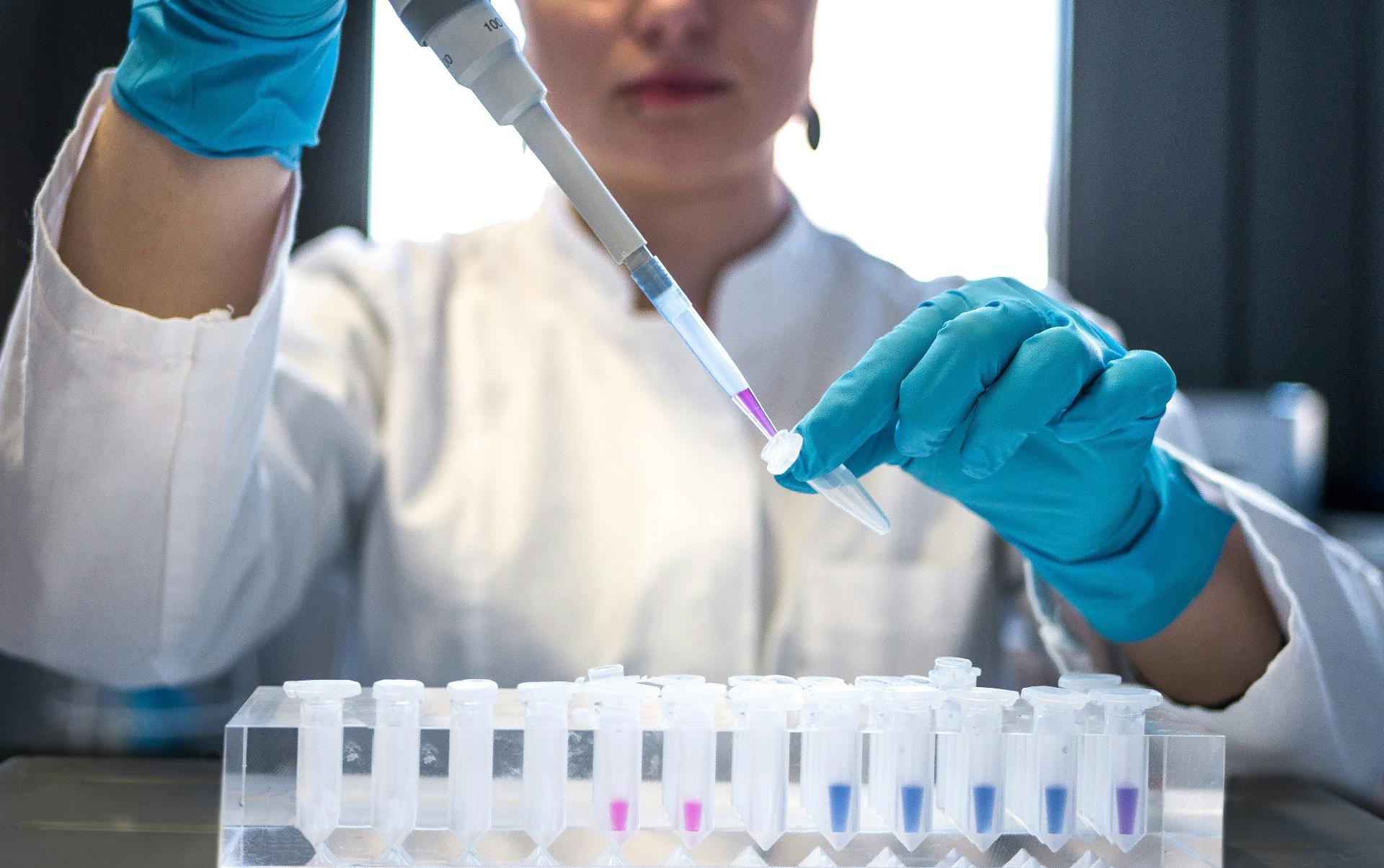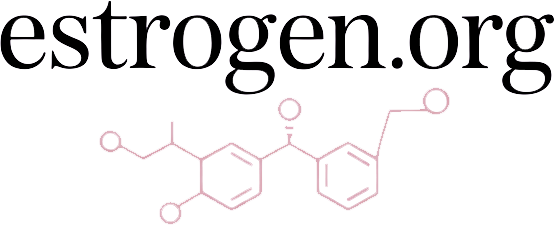
The journey of estrogen research represents one of the most fascinating chapters in medical history, from its initial discovery to its central role in modern endocrinology and women's health.
The Discovery Era: Early 20th Century
The story of estrogen research begins in the early 1900s, when scientists first began to understand that chemical messengers could regulate bodily functions. In 1923, Edgar Allen and Edward A. Doisy performed a groundbreaking experiment that led to the isolation of estrogen from ovarian follicles. This landmark discovery established that a specific chemical compound was responsible for female sexual characteristics.
By 1929, Adolf Butenandt and Edward Adelbert Doisy, working independently, had purified and identified the first estrogen hormone, which they named estrone. This achievement earned Butenandt the Nobel Prize in Chemistry in 1939, marking the beginning of the scientific community's recognition of the importance of sex hormones.
The Therapeutic Revolution: 1930s-1950s
Following these initial discoveries, research on estrogen accelerated rapidly. The 1930s saw the first therapeutic applications of estrogen as scientists developed methods to produce synthetic estrogens. In 1938, British scientist Sir Charles Dodds synthesized diethylstilbestrol (DES), the first synthetic estrogen, which would later be widely prescribed until its adverse effects became evident decades later.
"The synthesis of estrogen was not merely a scientific achievement; it represented a fundamental shift in how medicine approached hormonal health and opened new frontiers in reproductive medicine."
By the 1950s, estrogen had become a cornerstone of gynecological medicine. The introduction of the first oral contraceptive pill in 1960, containing synthetic estrogen and progesterone, revolutionized women's reproductive health and autonomy. This period also saw early research into estrogen's effects on bone health, cardiovascular function, and mental health.
Molecular Understanding: 1960s-1980s
The 1960s and 1970s brought significant advances in understanding the molecular mechanisms of estrogen action. In 1962, Jensen and Jacobson demonstrated that estrogen works by binding to specific receptor proteins within cells. This discovery laid the groundwork for understanding how estrogen affects different tissues and helped explain why certain tissues are more responsive to estrogen than others.
The 1970s saw the identification and cloning of estrogen receptors, revealing that there are multiple forms (primarily ERα and ERβ) with different distributions throughout the body. This molecular understanding opened new avenues for research and drug development, allowing for more targeted interventions.
The Women's Health Initiative and Contemporary Research: 1990s-Present
Perhaps no single event has shaped modern estrogen research more than the Women's Health Initiative (WHI), a large-scale clinical trial launched in 1991 by the National Institutes of Health. This study, which enrolled over 160,000 postmenopausal women, aimed to investigate the benefits and risks of hormone replacement therapy (HRT).
In 2002, one arm of the WHI was prematurely stopped when researchers found unexpected increases in breast cancer, heart disease, stroke, and blood clots among women taking combined estrogen and progestin. This finding dramatically changed clinical practice and led to a significant reduction in hormone therapy prescriptions worldwide.
Subsequent analyses and additional research have provided a more nuanced understanding of these results, revealing that the risks and benefits of hormone therapy depend on many factors, including a woman's age, time since menopause, and the specific hormone formulation used. This has led to the development of the "timing hypothesis," which suggests that estrogen therapy may be beneficial when started near menopause but harmful when initiated later.
Modern Frontiers: Beyond Reproductive Health
Today, estrogen research extends far beyond reproductive health. Scientists are investigating estrogen's roles in:
- Brain function and neurodegenerative diseases like Alzheimer's
- Metabolism and obesity
- Immune system regulation
- Cancer development and treatment
- Cardiovascular health
- Male health and aging
The development of selective estrogen receptor modulators (SERMs) represents one of the most significant advances in recent estrogen research. These compounds, including tamoxifen and raloxifene, act selectively on specific estrogen receptors in different tissues, allowing for targeted treatments that maximize benefits while minimizing risks.
Future Directions
As we look to the future, several exciting areas of estrogen research are emerging:
Personalized medicine: Advances in genomics are allowing researchers to understand how genetic variations affect individuals' responses to estrogen and estrogen-modulating therapies, potentially enabling more tailored treatment approaches.
Environmental estrogens: There is growing interest in understanding how environmental compounds with estrogen-like properties (xenoestrogens) affect human health and development.
Novel delivery systems: Researchers are developing new methods for delivering estrogen therapy that may offer improved safety profiles and patient convenience.
Male estrogen: Increasing attention is being paid to estrogen's roles in male physiology and health, challenging the traditional view of estrogen as exclusively a "female hormone."
Conclusion
The evolution of estrogen research represents a remarkable scientific journey—from the initial isolation of a mysterious ovarian compound to our current sophisticated understanding of estrogen's multifaceted roles throughout the body. This journey has transformed medical practice, improved countless lives, and continues to yield new insights into human health and disease.
As our understanding continues to evolve, so too will our approaches to harnessing estrogen's beneficial effects while mitigating its potential risks. The next century of estrogen research promises to be as illuminating as the last.
References
- Allen, E. & Doisy, E. A. (1923). An ovarian hormone: Preliminary report on its localization, extraction and partial purification, and action in test animals. Journal of the American Medical Association, 81(10), 819–821.
- Butenandt, A. (1929). Über "Progynon" ein krystallisiertes weibliches Sexualhormon. Die Naturwissenschaften, 17(45), 879–879.
- Jensen, E. V., & Jacobson, H. I. (1962). Basic guides to the mechanism of estrogen action. Recent Progress in Hormone Research, 18, 387–414.
- Rossouw, J. E., et al. (2002). Risks and benefits of estrogen plus progestin in healthy postmenopausal women: Principal results from the Women's Health Initiative randomized controlled trial. JAMA, 288(3), 321–333.
- Lobo, R. A. (2017). Hormone-replacement therapy: current thinking. Nature Reviews Endocrinology, 13(4), 220–231.


